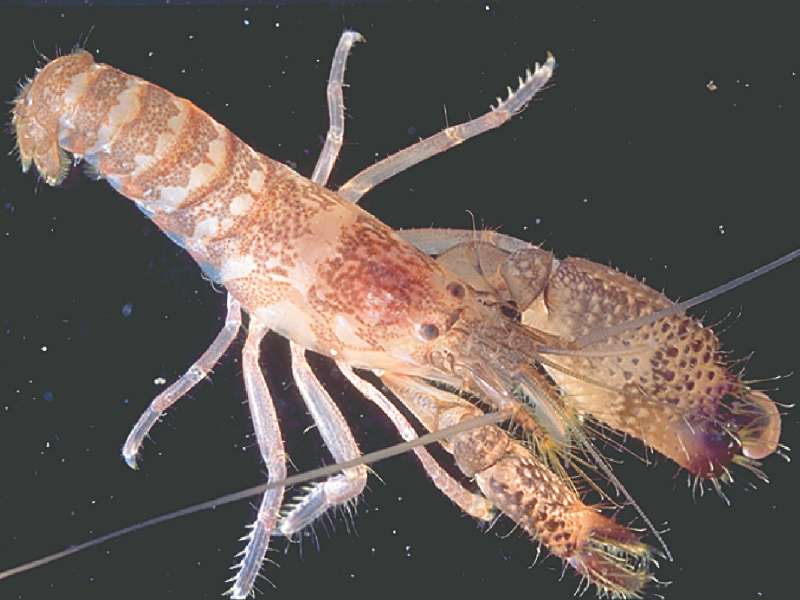
Figure 26-9. A snapping shrimp (genus Alpheus).
The Knowlton team's interpretation of these data is that, prior to the formation of the isthmus, the ancestors of each pair were a single species. When the isthmus closed, the seven ancestral species were each divided into two separate populations, one in the Caribbean and the other in the Pacific.
Meeting in a dish in Knowlton's lab for the first time in 3 million years, would Caribbean and Pacific members of a species pair recognize each other as suitable mates? Knowlton placed males and females of a species pair together and noted their behavior toward each other. She then calculated the relative inclination of Caribbean-Pacific couples to mate versus that of Caribbean-Caribbean or Pacific-Pacific couples. For three of the seven species pairs, transoceanic couples refused to mate altogether. For the other four species pairs, transoceanic couples were 33, 45, 67, and 86 percent as likely to mate with each other as were same-ocean pairs. Of the same-ocean couples that mated, 60 percent produced viable clutches of eggs. Of the transoceanic couples that mated, only 1 percent produced viable clutches. We can conclude from these results that 3 million years of separation has resulted in complete or nearly complete speciation, involving strong pre- and postzygotic isolating mechanisms for all seven species pairs.